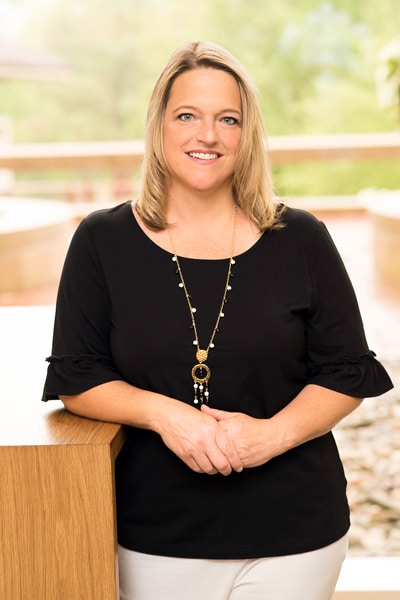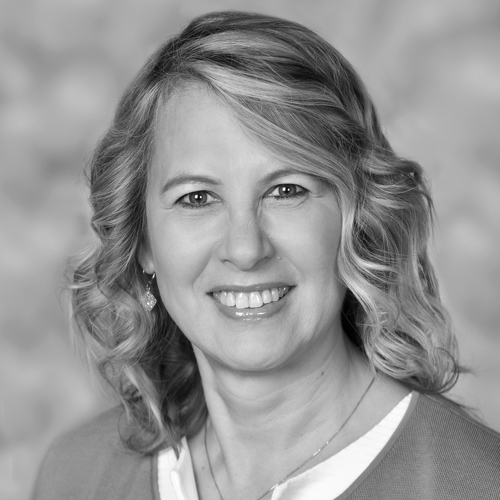Is this reality or science fiction? A patient in a remote town needs emergency surgery. But after being transported to the only trauma center in the area, there is no specialist available to complete the procedure. Luckily, a surgeon in New York City is able to strap on a virtual reality headset, connect to a 5G network, and perform the surgery remotely with a robotic arm at the hospital. The patient survives.
This is one scenario the team at Verizon envisions for the future of healthcare. Over the past year, the company has begun deploying a next-generation broadband network that will enable people, businesses, and society to do more new—and do more good.

Dubbed Intelligent Edge, the network could allow for remotely performed surgery and expand upon the current innovations run on 4G networks.
This is also the promise that excites and inspires Verizon executives like Pam Cox, the company’s director of corporate environmental health, safety, and compliance. She is proud of the advancements Verizon has made in this arena and has already seen numerous examples of how the company’s technology can make a positive impact for everyone who uses it.
“The surgery example underscores the importance of the speed and reliability of our network,” Cox says. While she is not responsible for the company’s 5G efforts, her work is an integral part of the common vision shared by Verizon employees: using connectivity not just for convenience, but also to make the world a little bit better and safer. The company calls it “humanability.”
“We’ve been a proud part of Verizon’s success over the past four years,” says Peter Hermans, CEO of Enhesa. “By providing the environmental, health, and safety compliance intelligence our clients need, we make it possible to successfully and efficiently operate globally.”
Cox and her team are responsible for everything from analyzing audit findings to ensuring that Verizon works with safe vendors, to staying compliant with policies of the federal Occupational Safety and Health Administration and other regulatory agencies.
Aside from compliance, much of Cox’s team’s work is focused on the simple and human goal of making sure Verizon’s employees stay safe at work, at home, and on the road. To keep employees safe on the road, company vehicles are equipped with advanced telecommunications (telematics) equipment that transmits a wide range of vehicle information. The telematics equipment can be paired with a mobile application from Verizon Connect called Coach, which gives drivers same-day data on speeding, hard breaking, aggressive acceleration, and much more.
The data will allow Cox and her team to effectively analyze and recalibrate company safety protocol. The telematics system in the vehicle can also alert management to real-time events in the field via email or text messages that can help report any emergencies to rescue personnel if a vehicle is in an accident or veers off the road for any reason.
Just a few years ago, these attributes of the Coach software application may have seemed as futuristic as the promise of remote surgery. But the capabilities of Verizon’s Intelligent Edge network are already giving the roads the power to think in cities like Sacramento. Verizon’s network is also connecting smart sensors to Hawaii’s power grid as the state pursues its goal of having 100 percent renewable energy.
Cox loves the fact that technology is being used to build a safer and more connected world.“The promise of a digital world is becoming a reality,” Cox says. “People don’t realize how many connected devices they have. I was recently in a training class, and we started counting how many devices we each had in our home. The numbers are astronomical, from phones to televisions to coffee makers. In the future, your refrigerator will be able to reorder your eggs at the grocery store if you want it to. I am very excited that Verizon is instrumental in building all that connectivity.”
Trial by (Virtual) Fire
Like many companies, Verizon has recently begun implementing virtual reality (VR) and augmented reality into its training programs. Thanks to motion sensors, immersive sound, and VR headsets, employees can make sure they’re a good fit for the job by replicating the experience of venturing into the field.
“You put on a headset and it feels like you’re already in those spaces, even though you’re standing in the middle of a conference room,” Cox says. “In traditional training, you could go all the way through class and never realize you were claustrophobic and couldn’t work in a manhole.
“Now, in a safe learning environment, you can experience realistic scenarios like working aloft in a bucket truck, going into a manhole under the busy streets of New York City, or climbing a ladder to install equipment on rooftops.”

